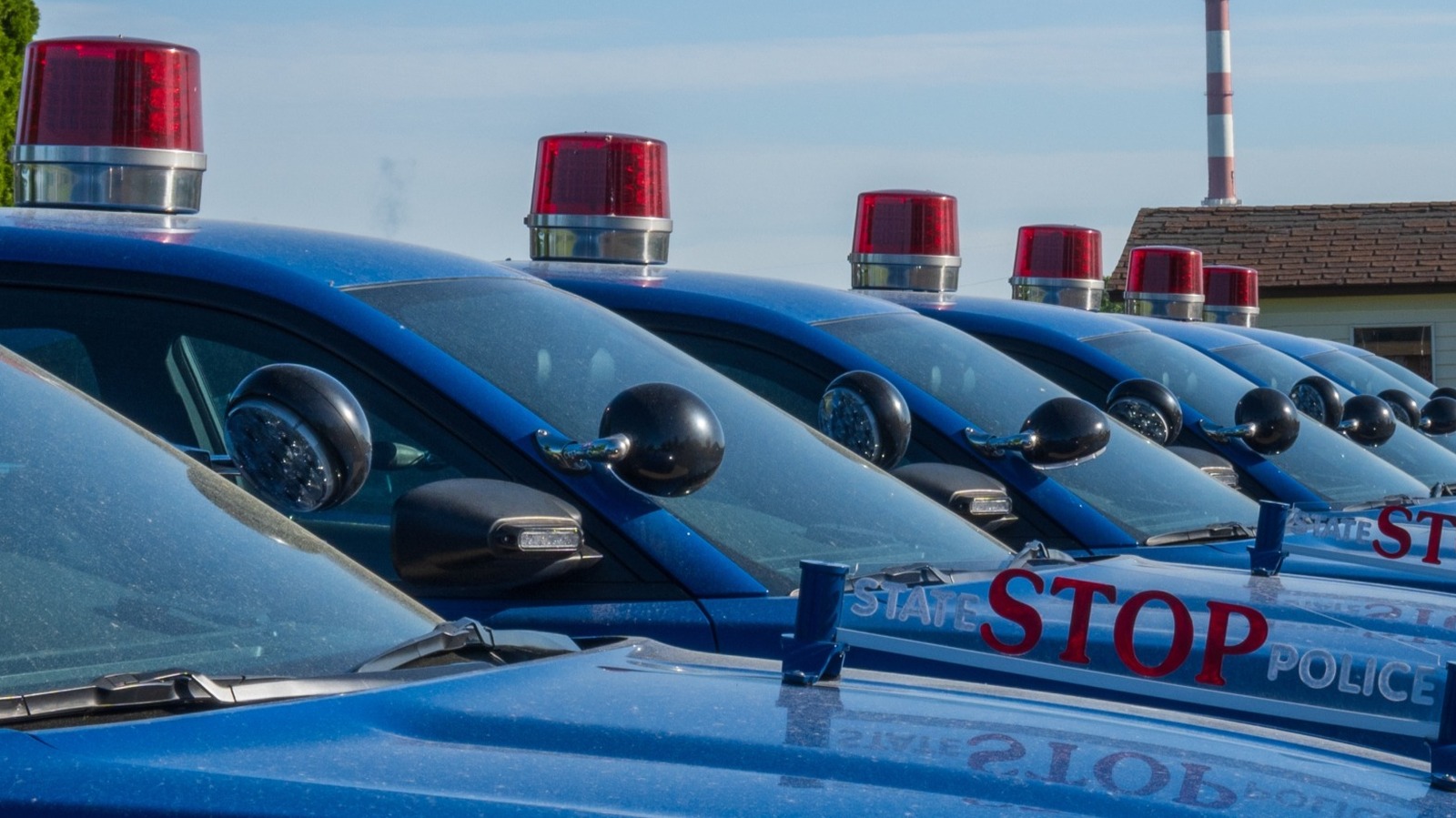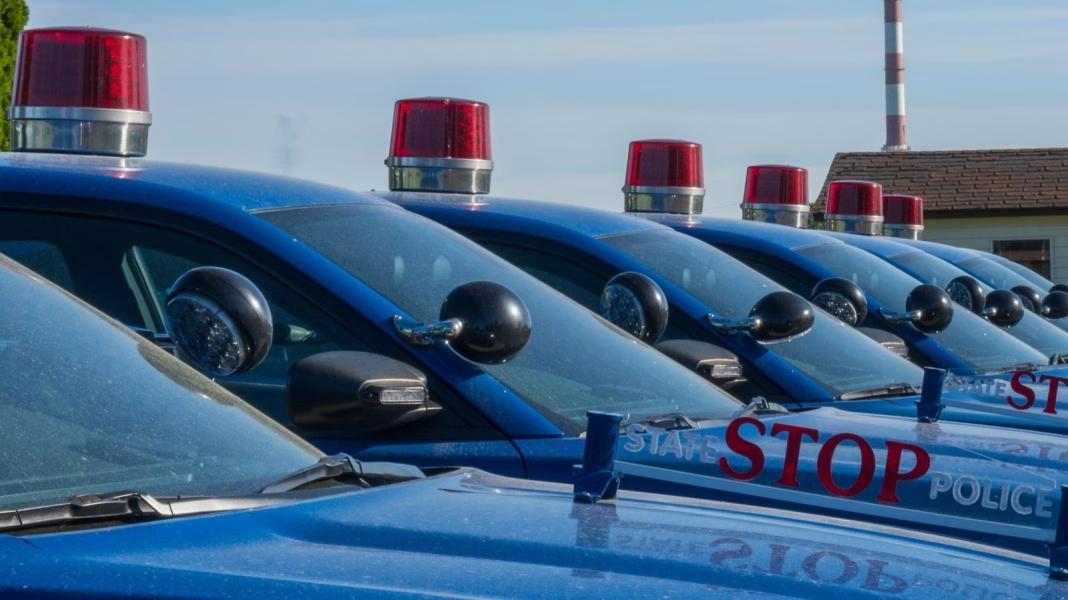Driving through Michigan can be a unique experience, especially when you spot police cars sporting those nostalgic bubble lights. While most of us might feel a twinge of anxiety when we see flashing lights in our rearview mirror, in Michigan, there’s a certain charm to those vintage-style lights that sparks curiosity rather than dread.
What’s the Deal with the Bubble Lights?
You might be wondering why Michigan police vehicles still use these retro bubble lights, which seem like a throwback to a different era. The answer lies in a blend of tradition, visibility, and a touch of nostalgia. These lights, often seen on older police cars, are not just for show. They serve a practical purpose by enhancing visibility, especially in low-light conditions. The unique design allows for a wider range of light dispersion, making it easier for other drivers to see them from a distance.
Interestingly, the use of bubble lights has become somewhat of a tradition in Michigan. Many officers and residents alike appreciate the historical significance of these lights, which harken back to a time when law enforcement vehicles had a distinct look. It’s a nod to the past that many Michiganders hold dear, and it adds character to the state’s law enforcement presence.
Why Do Some States Stick to Tradition?
You might be surprised to learn that not all states have embraced the modern lighting technology that has become standard elsewhere. In Michigan, the choice to maintain these classic lights can be attributed to a few factors. For one, there’s a sense of pride in local heritage. The bubble lights are a part of the state’s identity, and many believe they reflect the community’s values and history.
Moreover, there’s something to be said about the effectiveness of these lights. While newer LED lights are undeniably bright and energy-efficient, the bubble lights have proven their worth over decades. They’re reliable and have become a recognizable symbol of law enforcement in the state.
What Do Residents Think?
For many residents, seeing a police car with bubble lights evokes a sense of nostalgia. It reminds them of their childhood or simpler times. Some even feel a sense of comfort knowing that these lights are still in use. It’s a quirky aspect of Michigan’s culture that adds to the state’s charm.
However, not everyone is on board with the retro trend. Some argue that modern lighting technology is superior in terms of visibility and safety. They advocate for a shift to more contemporary options that could potentially enhance safety on the roads.
The Balancing Act: Tradition vs. Modernity
This debate between tradition and modernity is common in many aspects of life, not just in law enforcement. It raises an important question: How do we honor our past while embracing the future? In Michigan, the police department seems to have found a balance. They recognize the value of the bubble lights while also incorporating modern technology in other areas of their operations.
In fact, many police departments across the country are exploring ways to blend the old with the new. This could mean using bubble lights for visibility during specific situations while relying on modern technology for everyday use. It’s about finding what works best for the community while respecting the traditions that have shaped it.
A Unique Aspect of Michigan Culture
Ultimately, the bubble lights are more than just a feature on police cars; they’re a reflection of Michigan’s unique culture. They remind us that while we may live in a rapidly changing world, there’s value in holding onto the past. Whether you’re a local or just passing through, spotting a police car with those iconic lights can spark a sense of connection to the community and its history.
The big takeaway? Embracing tradition doesn’t mean rejecting progress—it’s about finding harmony between the two. So, the next time you see those bubble lights flashing, take a moment to appreciate the story they tell about Michigan’s rich history and the people who serve to protect it.


